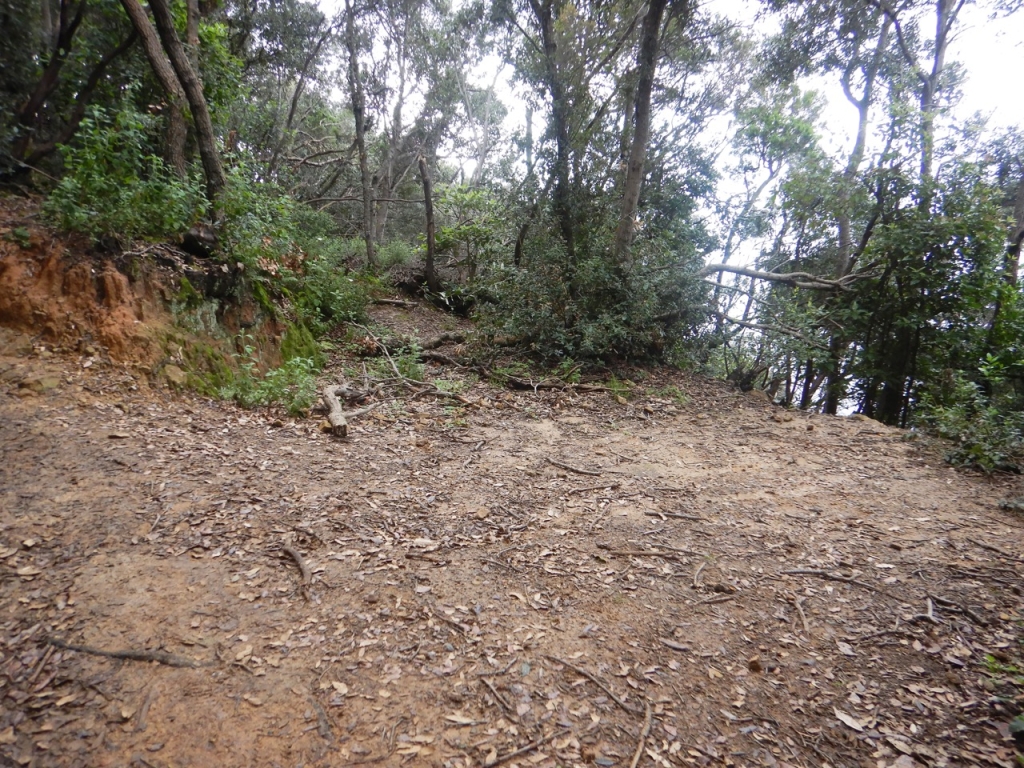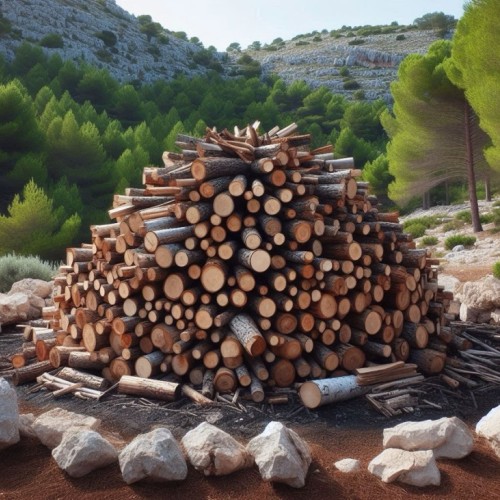
The small clearings we encounter during the final part of the Via dei Lecci, between the beaches of Porticciolo and Procchio, were once home to charcoal piles used for making charcoal from woodland timber. In ancient times, the forests of Elba were home to many sites of this of this trade, almost an art form, dating back primarily to the Etruscans, whose furnaces for iron ore reduction burned through tonnes of this fuel made from Mediterranean vegetation. According to some experts, the island's ancient name, Aethalia, meaning 'sooty' (attributed to the Greeks), alluded to the smoke rising from the island's ironworking forges as well as the plumes from its charcoal clearings. Charcoal was once also the domestic fuel for the fireplace, where authentic and flavoursome foods were cooked.
Even the first electrical power plant in Porto Azzurro, then Porto Longone, was fuelled by charcoal. The best timbers for producing it were holm oak, briar, arbutus and lentisk, hard and compact woods which, if processed skilfully, yielded charcoal with a high calorific value. Charcoal piles consisted of a circular stack of wood and a semi-spherical structure with a kind of chimney at the centre which served for lighting and providing the oxygen required for the slow combustion that smouldered inside the wood pile, necessary for the pyrolysis process. All this was covered with earth to prevent the wood from burning completely. If required, in the absence of wind, holes were made in the pile to increase airflow and had to be closed again on windy days.
On those days, the charcoal burner may have had to watch over the charcoal pile to prevent the timber from burning completely and fires from breaking out. Within five days of lighting, originally performed at the centre of the pile, provided that the procedure had taken place correctly, complete charring occurred, transforming the wood into charcoal. It was therefore the duty of the charcoal burner to supervise combustion, making holes in the covering to ensure that the fire did not go out but also that too much oxygen did not enter, potentially reducing the charcoal to a pile of ash.



